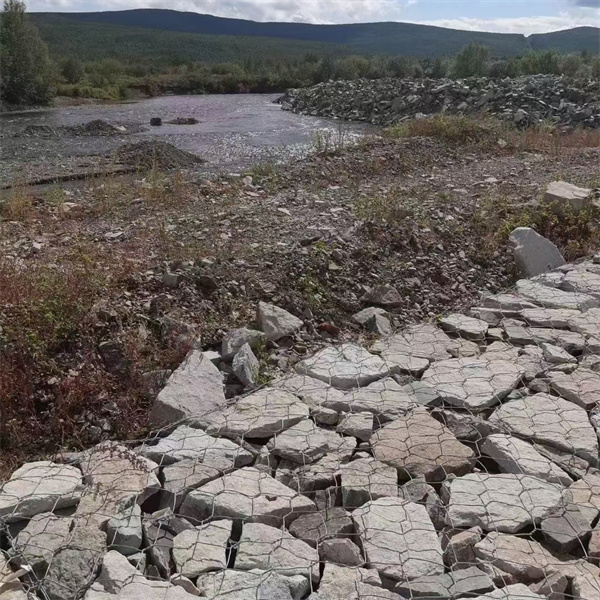9 月 . 05, 2024 08:05 Back to list
Durable Gabion Retaining Walls for Residential Applications | Quality Manufacturing
The Rise of Gabion Retaining Walls in Residential Construction
In recent years, gabion retaining walls have gained popularity in residential construction due to their unique combination of durability, aesthetics, and environmental benefits. These structures, which consist of wire cages filled with stones or other materials, serve both functional and decorative purposes in landscaping and erosion control.
What Are Gabion Retaining Walls?
Gabion walls are constructed using wire mesh baskets filled with rocks, concrete, or other materials. The term gabion comes from the Italian word gabbione, meaning big cage. Originally used for military fortifications, gabions have now transitioned into a favored choice for modern landscaping and civil engineering projects. Their versatility allows homeowners to create various designs and adapt to different terrains, which is particularly useful in hilly or uneven properties.
Benefits of Gabion Retaining Walls
1. Durability and Strength Gabion walls are incredibly robust and can withstand harsh weather conditions. Their structural integrity is enhanced by the weight of the stones within the cages, providing excellent resistance against soil pressure and erosion. With a lifespan that can exceed 50 years, these structures are a long-term investment for homeowners.
2. Aesthetic Appeal One of the most attractive features of gabion walls is their natural look. The large stones can be chosen to complement the home's architectural style or the surrounding landscape. Furthermore, they can be integrated with plants, flowers, and other landscaping elements, allowing homeowners to create a visually appealing design that enhances property value.
gabion retaining wall residential manufacturers

3. Environmental Benefits Gabion retaining walls are environmentally friendly because they are made from natural materials. The open structure of the walls allows for groundwater flow, reducing the risk of erosion and supporting local plant growth. Additionally, they provide habitats for wildlife, promoting biodiversity in residential areas.
4. Cost-Effective Compared to traditional retaining wall materials like concrete or brick, gabion walls can be more economical. The materials used for filling the cages can often be sourced locally, which reduces transportation costs. The installation process is generally faster and requires fewer resources, making it a budget-friendly option for homeowners.
Choosing a Manufacturer
When considering a gabion retaining wall for your residential project, selecting a reputable manufacturer is crucial. Look for companies that specialize in gabion construction and have a proven track record of quality and customer satisfaction. It’s essential to check reviews, ask for samples, and inquire about customization options to ensure that the wall fits your specific needs and aesthetic preferences.
By collaborating with trusted manufacturers, homeowners can ensure that their gabion retaining walls meet local building codes and environmental regulations. This partnership can also lead to valuable advice on design, installation, and maintenance, ultimately leading to a successful project.
Conclusion
Gabion retaining walls have emerged as a popular choice in residential construction due to their durability, aesthetic appeal, and environmental advantages. As more homeowners seek sustainable and cost-effective solutions, the demand for these innovative structures is likely to grow even further. Whether for landscaping or practical applications, gabion walls are an excellent option that combines functionality with natural beauty. With the right manufacturer, homeowners can create stunning outdoor spaces that stand the test of time.
-
HESCO Gabion Baskets for Coastal Erosion Prevention
NewsAug.22,2025
-
Longevity and Durability of River Rock Gabion Walls
NewsAug.22,2025
-
How to Integrate Gabion 3D Walls in Urban Planning
NewsAug.22,2025
-
Reno Mattress Gabion Applications in Civil Engineering
NewsAug.22,2025
-
How to Install Wire Mesh for Gabion Baskets Properly
NewsAug.22,2025
-
Best Materials for Filling a Chain Link Gabion
NewsAug.22,2025
-
Wire Mesh Thickness Impact on Gabion Wall Load Bearing
NewsAug.12,2025






